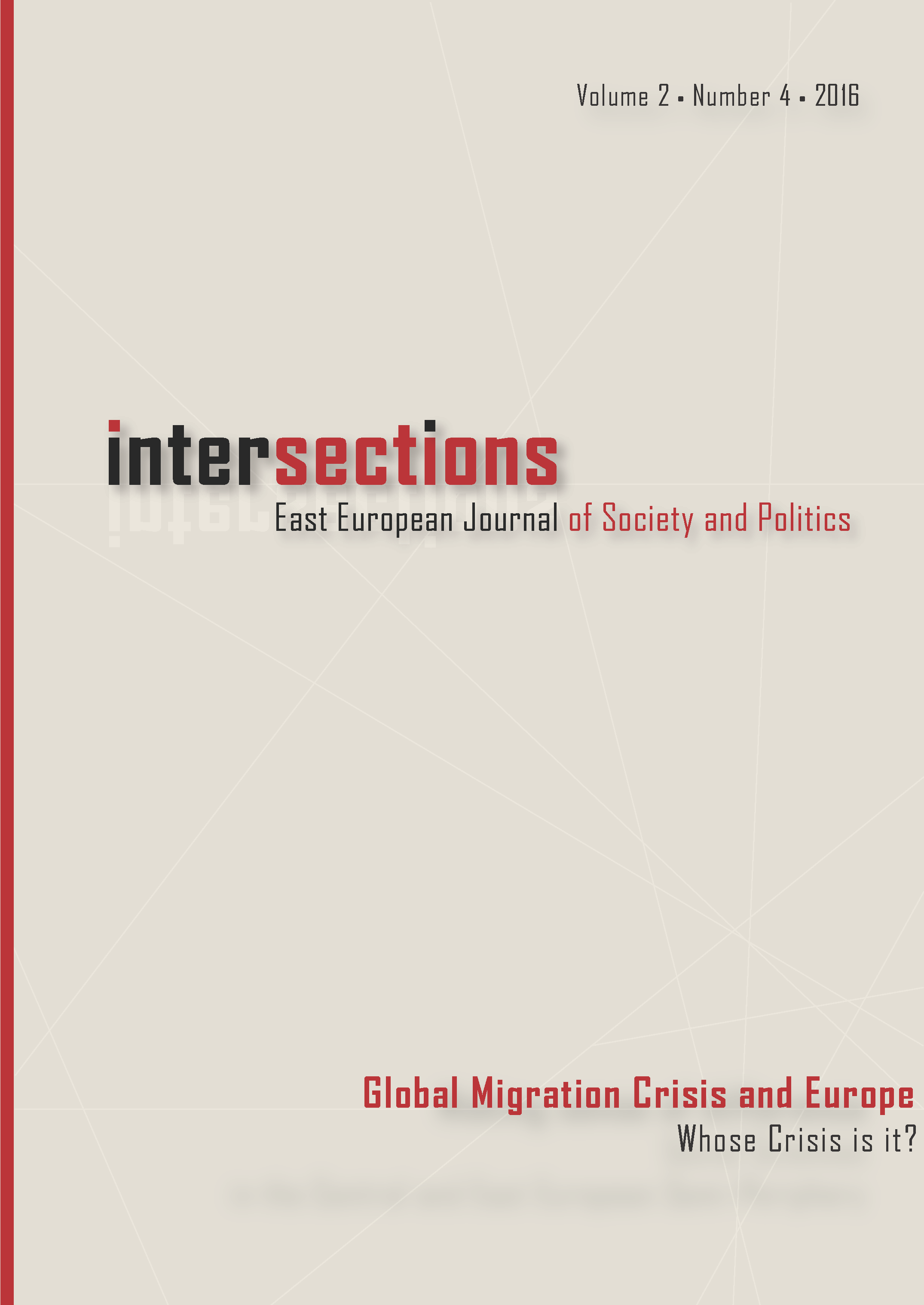Rupture and Continuity: Positioning Hungarian Border Policy in the European Union
Rupture and Continuity: Positioning Hungarian Border Policy in the European Union
Author(s): Annastiina KalliusSubject(s): Governance, Nationalism Studies, Migration Studies
Published by: MTA Társadalomtudományi Kutatóközpont Kisebbsegkutató Intézet
Keywords: borders; European Union; Hungary; migration; refugees; autonomy of migration
Summary/Abstract: In this article, I locate the efforts of the Hungarian government to close its borders to migrants in the broader context of externalization of European Union asylum policy. I draw on Martina Tazzioli’s conceptualization of the production of temporary, divisive migrant multiplicities in border zones in ethnographically presenting the conditions of two protest marches of migrants. I suggest that the relative successes and failures of these marches, one of which resulted in a temporary rupture in Hungary’s adherence to EU border policy, relate to the presence or absence of biopolitical border controls and techniques of externalization that stand in parallel with long-term developments of EU border control. In this context, I also question the extent to which an emergence of a collective subject is contingent upon local support, on one hand, and imaginations of the border, on the other. I argue that the analysis of Hungarian state’s border control, as well as efforts to counter it, must be situated in the historical development of the EU border policy.
Journal: Intersections. East European Journal of Society and Politics
- Issue Year: 2/2016
- Issue No: 4
- Page Range: 134-151
- Page Count: 18
- Language: English

